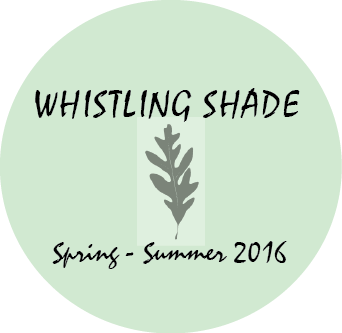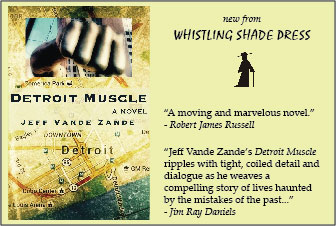


|

| <- Back to main page |
Nearly a century ago, Edna St. Vincent Millay wrote the comic “Spring Song”, in which a femininely personified Spring is driven off by the police. She had just
Laid her hand on the robin's throat;
When up comes you-know-who, my dear,
You-know-who in a fine blue coat,
And says to Spring: No parking here!
The parody ends on a rather melancholy note:
Oh, well,—hell, it's all for the best.
She certainly made a lot of clutter,
Dropping petals under the trees,
Taking your mind off your bread and butter.
Anyhow, it's nothing to me.
I can remember, and so can you.
(Though we'd better watch out for you-know-who,
When we sit around remembering Spring).
We shall hardly notice in a year or two.
You can get accustomed to anything.
Millay’s poem aside, writers have depicted Spring and the other elements of nature as an eternal, rhythmic backdrop—a antidote to the uncertainty and changeableness of the human condition. Poets, in particular, have tilled nature’s rich earth for metaphor, atmosphere and evocations of beauty—and they’ve been doing it for a very long time, from Homer’s “rosy-fingered” dawn and Virgil’s Eclogues, through Dante’s dark wood and Shakespeare’s Forest of Arden, to Emily Dickinson’s “narrow fellow in the grass”, Amy Lowell’s lilacs and Robert Frost’s birch trees. The Romantics, in particular, found in nature a conduit to deep-dwelling emotions, as William Wordsworth expresses in the opening to “Lines Written in Early Spring”:
I heard a thousand blended notes,
While in a grove I sate reclined,
In that sweet mood when pleasant thoughts
Bring sad thoughts to the mind.
Natural scenes were also a welcome retreat from the smoky drudgery of the Industrial Revolution—a retreat that, as the 20th century wore on, began to become more and more elusive. Nature poetry is still as popular today, though a certain tone of wistfulness and urgency have crept into the lines. No longer merely a backdrop, nature has become a glimmering, winsome spirit, elusive as the ghost moose Kate Dayton writes of in this issue. Millay’s flippant “No parking here!” is becoming a grim reality, as wildernesses are cleared, invasive species spread, water becomes tainted and the entire planet heats up thanks to our carbon dioxide and methane emissions.
But perhaps our static image of nature was always an illusion. Taking a step back to look at Earth’s history in geologic time, we find a number of mass extinctions occurred before humans (or even primates) evolved. About 2.3 billion years ago, for example, there were only trace levels of oxygen in Earth’s atmosphere. Then cyanobacteria began pumping out O2 using their newly-evolved technique of photosynthesis. When the oceans were no longer able to absorb the oxygen, it built up in the atmosphere, wiping out most of the anaerobic organisms then alive in an event known as the Oxygen Catastrophe. Much later, in the Cretaceous (only about 100 million years ago), our atmosphere had more than four times its current carbon dioxide level (about 1700 parts per million versus 400 ppm now). Consider, too, the billions of stars in the billions of galaxies out there, and the supremacy of Nature becomes self-evident. Our current struggles to curb human impact on the environment is not Man vs. Nature in any realistic sense of the word; it’s really about preserving our heritage and way of life. Because Nature, in the end, never parks anywhere for long.
- Joel Van Valin 